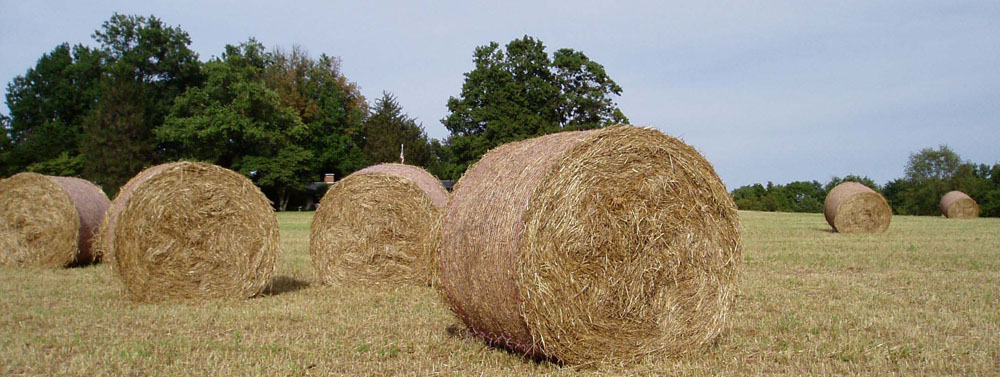US 2022 Ag Census Farms – Who are They?
Abraham Lincoln commissioned the first census of farm by the Department of Agriculture 180 years ago. Some of the data categories have not changed since then, like specifying a farm of 1 to 9 acres in size. As a culture, the United States embraces a variety of farm definitions that often overlap and double count. But USDA, National Agricultural Statistics Service (NASS), gets the job done with the benchmark of $1,000 of real or potential sales annually.
Is acres the correct metric for farm size? Not as likely today, but historically it has been.
Is value of sales the correct metric for farm size? Again, not always. Highly erodible lands that were taken out of production to save soil and wildlife decades ago are likely still in farms, achieving those non-monetary benefits and generating revenue in conservation payments.
This chart from Table 71 in Volume 1 (US data) of the 2022 Census of Agriculture compares farm size in acres by farm size in value of sales. This data is newly released on February 13, 2024, and is a treasure yet to be discovered. Who are these 1.9 million US farms?
The solid bars represent farms from 1 to 99 acres in the farm. Adding up all the farms represented by these solid bars, there are 1,084,839, or 57 percent of all farms are less than 100 acres. There are lots of reasons to count these farms that go beyond sales. Even so, there are 14,983 farms with fewer than 100 acres, that have over $1,000,000 in sales.
In the first category of farm sales, $0 to $999, there are 375,412 farms. This is nearly 20 percent of the 1.9 million farms. How is this possible? The farm definition is $1,000 of sales, or potential sales. It is the latter ‘potential’ condition that makes it work.
The smaller farms also represent the reservoir of historical farming knowledge from retiring farm families as well as the pool of younger and beginning farmers that start small. Like the organic fraction of soil, it is difficult to fully understand and monetize the value of this farm industry buffer of wealth.
Sometimes over the years, firms have tilled up pastures and sensitive soils withdrawing them from conservation programs. Then with the pass of the plow these acres go from reserve land to working land. In addition, small land holdings will be aggregated into larger farms if they stay in production. Or they may be retired completely from farming and subdivided into residential lots. Since the 2017 Census of Agriculture, the US lost 20 million acres of land in farms.
Just as there were some small farms that were selling over $1,000,000 in sales, there are also 5,499 farms with over 1,000 acres – the barely visible bar in the left-most category – that produced less than $1,000 worth of sales.
The 2022 Census of Agriculture has yet to be unpacked. But it bridges our farm heritage embedded in the historical questions asked that go back to the Civil War, with the production decisions, markets, and policies that were practiced in 2022. The treasure of details that truly define US farmers in the 2022 Census of Agriculture as of February 2024 are still buried in the data.



Comments
US 2022 Ag Census Farms – Who are They? — No Comments
HTML tags allowed in your comment: <a href="" title=""> <abbr title=""> <acronym title=""> <b> <blockquote cite=""> <cite> <code> <del datetime=""> <em> <i> <q cite=""> <s> <strike> <strong>